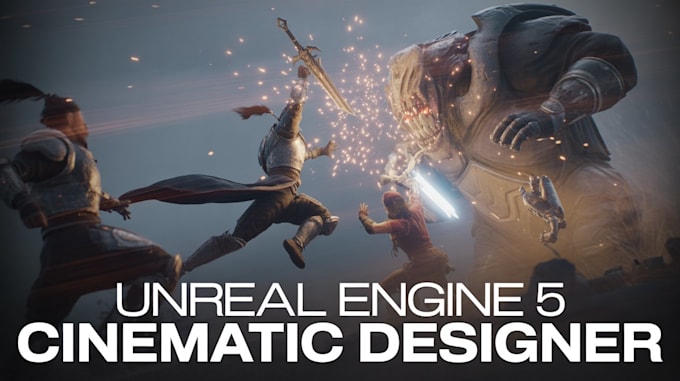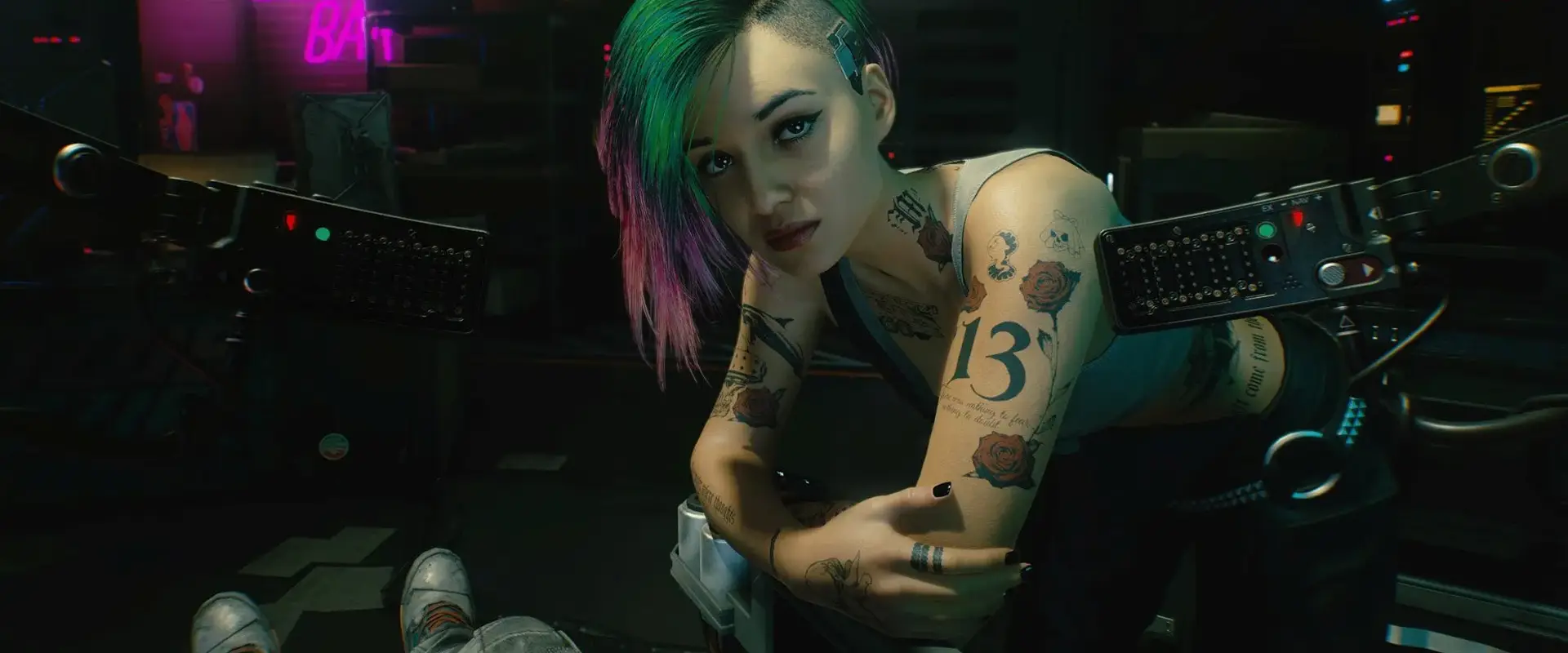
Beyond Gameplay: The Art and Evolution of Animated Cinematic Cutscenes
For decades, video games were defined by their gameplay. Pixelated sprites and rudimentary animations told stories primarily through action, leaving narrative depth to the player’s imagination. But as technology advanced, so too did the ambition of game developers. They sought to weave more intricate narratives, to immerse players in worlds that felt truly alive. And one of the most powerful tools in their arsenal? The animated cinematic cutscene.
These meticulously crafted sequences, rendered in various animation styles from traditional 2D to stunning 3D, have become a cornerstone of modern gaming. They bridge the gap between gameplay and story, delivering crucial plot points, developing characters, and setting the stage for epic confrontations. But the evolution of the animated cinematic cutscene is a story of its own, reflecting advancements in technology, evolving storytelling sensibilities, and the growing recognition of games as a legitimate art form.
From Pixels to Pre-Rendered Glory: A Historical Perspective
The earliest examples of cutscenes were, by necessity, limited. Games like Prince of Persia (1989) used simple animations to convey basic plot points, often relying on text boxes to fill in the narrative gaps. These were a far cry from the cinematic experiences we expect today, but they represented a crucial step in integrating storytelling into the gameplay loop.
The arrival of CD-ROM technology in the 1990s revolutionized the possibilities. Games could now store significantly more data, paving the way for pre-rendered cutscenes. These were animations created beforehand and stored as video files, allowing for far more detailed visuals than the in-game engine could render in real-time.
Titles like Myst (1993) and Phantasmagoria (1995) heavily utilized pre-rendered graphics and full-motion video (FMV) to create immersive and often unsettling experiences. While FMV cutscenes, featuring live actors, had their moment, they often suffered from jarring shifts in visual fidelity between the gameplay and the cutscenes. Pre-rendered animations, on the other hand, offered a more cohesive aesthetic.
However, pre-rendered cutscenes also had limitations. They were static and inflexible. Players couldn’t interact with them, and any deviation from the planned sequence required significant rework. They also contributed to the “uncanny valley” effect, where near-realistic depictions of humans could feel unsettling and artificial.
The Rise of Real-Time Cinematics: Blurring the Lines
As game engines became more powerful, developers began to explore the potential of real-time cinematics. These cutscenes were rendered using the same engine as the gameplay, allowing for greater control over camera angles, character expressions, and even player interaction.
Metal Gear Solid (1998) is often credited with pioneering the use of real-time cinematics in a truly groundbreaking way. Hideo Kojima masterfully employed dynamic camera angles, lengthy conversations, and emotional performances to create a cinematic experience that blurred the lines between gameplay and storytelling. The game’s narrative complexity and memorable characters were largely driven by these innovative cutscenes.
The PlayStation 2 era saw a further refinement of real-time cinematics. Games like Final Fantasy X (2001) showcased stunning character models and elaborate facial animations, bringing characters to life in unprecedented detail. Motion capture technology also became more prevalent, allowing actors’ performances to be directly translated into the game, adding another layer of realism and emotional depth.
The HD Revolution and the Pursuit of Photo-Realism
The advent of high-definition consoles like the PlayStation 3 and Xbox 360 ushered in a new era of visual fidelity. Developers pushed the boundaries of what was possible with real-time graphics, striving for photo-realism in their cutscenes.
Uncharted 2: Among Thieves (2009) is a prime example of this trend. Naughty Dog meticulously crafted every detail, from the characters’ facial expressions to the environments they inhabited. The game’s cutscenes were not just informative; they were visually stunning, rivaling the quality of Hollywood blockbusters.
This era also saw the rise of performance capture, which involved capturing both the motion and the facial expressions of actors simultaneously. This allowed for more nuanced and believable performances, as actors could fully embody their characters. Games like L.A. Noire (2011) used performance capture extensively, creating a world populated by characters with incredibly realistic and expressive faces.
Beyond Realism: Embracing Stylization and Artistic Vision
While the pursuit of photo-realism dominated for a time, developers also recognized the value of stylization and artistic vision. Animated cinematic cutscenes offered an opportunity to break free from the limitations of realism and explore unique visual styles.
Guilty Gear Xrd (2014) stands out as a masterclass in 2.5D animation, creating a 3D world that looks and feels like a hand-drawn anime. The game’s cutscenes are visually striking and dynamic, capturing the energy and intensity of the fighting game genre.
Other games, like Cuphead (2017), embraced a more retro aesthetic, drawing inspiration from 1930s cartoons. The game’s hand-drawn animation and quirky characters created a unique and memorable visual experience.
This shift towards stylization reflects a growing recognition that visual fidelity is not the only factor that contributes to a compelling cinematic experience. Artistic vision, creative direction, and a strong sense of style can be just as important.
The Future of Animated Cinematic Cutscenes: Interactive Storytelling and Emerging Technologies
The future of animated cinematic cutscenes is likely to be shaped by emerging technologies and a desire for more interactive storytelling experiences.
Virtual reality (VR) and augmented reality (AR) offer exciting possibilities for creating immersive and engaging cutscenes. Imagine being able to step into the game world and experience the story from a first-person perspective, interacting with characters and influencing the narrative in meaningful ways.
Interactive cutscenes, where players can make choices that impact the story, are also becoming increasingly popular. Games like Detroit: Become Human (2018) allow players to shape the narrative through their decisions, creating a branching storyline with multiple endings.
Furthermore, the use of artificial intelligence (AI) could revolutionize the way cutscenes are created. AI could be used to generate dynamic animations, adapt the story based on player behavior, and even create entirely new scenes on the fly.
The Enduring Power of Storytelling
Ultimately, the success of animated cinematic cutscenes hinges on their ability to tell compelling stories. Whether they are rendered in stunning photo-realism or stylized hand-drawn animation, cutscenes serve as a crucial link between gameplay and narrative. They provide context, develop characters, and create emotional connections that resonate with players long after the credits roll.
The evolution of animated cinematic cutscenes reflects the evolution of video games as a whole. From simple text boxes to breathtakingly rendered sequences, these cinematic moments have become an integral part of the gaming experience. As technology continues to advance and storytelling sensibilities continue to evolve, we can expect to see even more innovative and immersive cutscenes in the years to come, further blurring the lines between games and cinema and solidifying the place of video games as a powerful and legitimate art form. They are more than just pretty visuals; they are the heart of the story, brought to life through artistry and technology. They are a testament to the power of storytelling in the interactive medium of video games.

